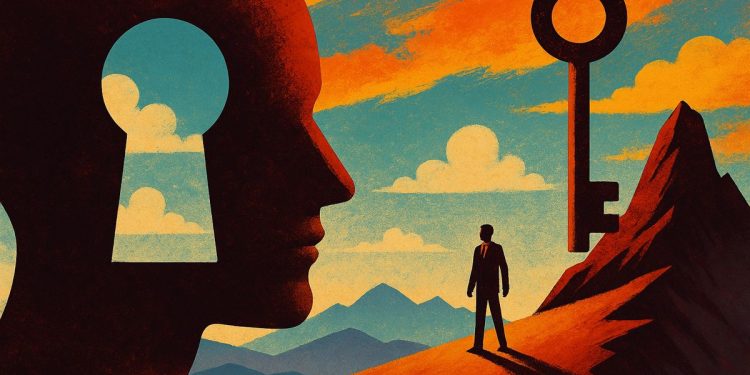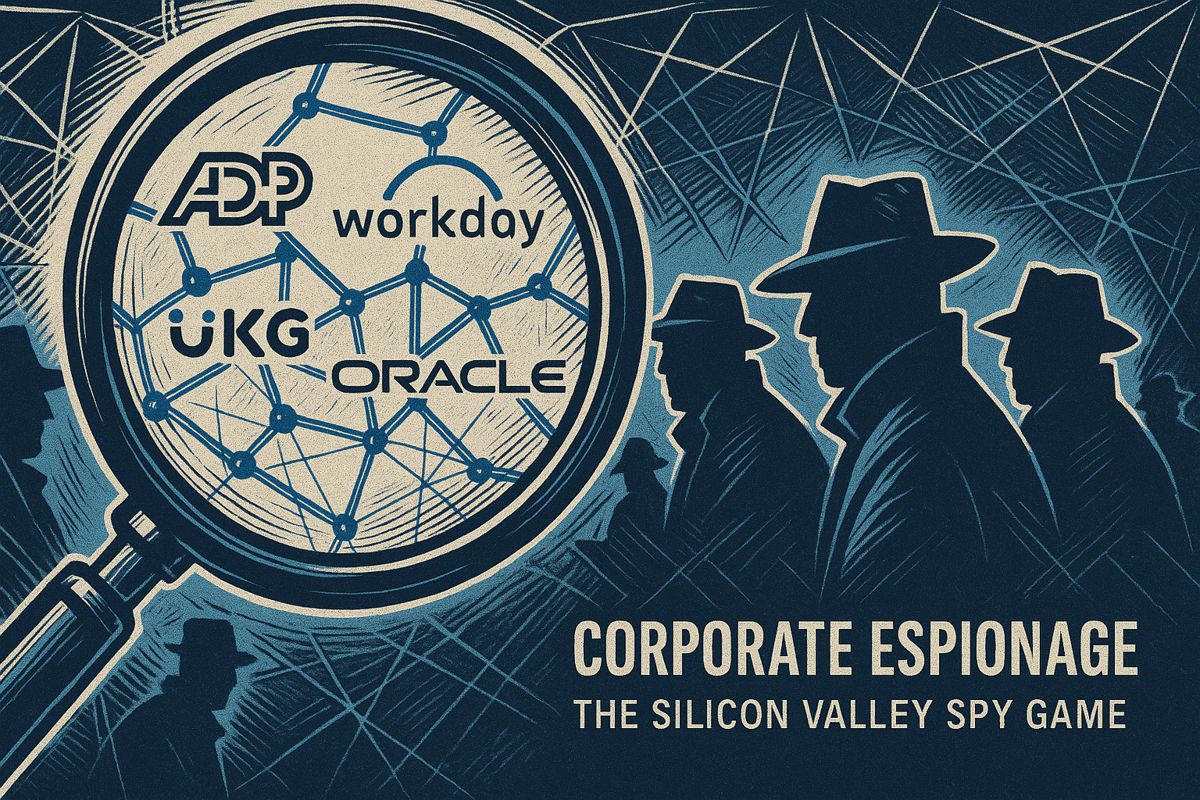Synthetic media means AI creates images, videos, and voices that look and sound real. This technology is growing fast and is changing what we see online, sometimes making it hard to tell what’s real and what’s fake. New laws are trying to control deepfakes and make AI-made content clear to everyone. Some old jobs are fading, but new jobs in AI creativity are popping up. People are also learning how to spot synthetic media by understanding how it’s made.
What is synthetic media and how is it changing the digital landscape?
Synthetic media refers to AI-generated images, videos, audio, and digital personas now prevalent in our feeds. The market is projected to reach $23 billion by 2030, transforming how content is created, regulated, and perceived, while introducing new jobs and authenticity challenges.
Synthetic media – AI-generated images, videos, voices and even entire personas – has quietly slipped into our daily feeds and streams. By mid-2025 it is no longer a fringe experiment but a $10.2 billion global market, on track to $23 billion by 2030 according to 360iResearch and Grand View Research.
The “AI Look” and the viewing experience
Scroll long enough and you will spot the tell-tale signs: skin that is too perfect, motion that is just a bit too fluid, lighting that never quite lands on a real source. Designers call this the “AI look” – a polished but subtly unsettling aesthetic becoming so common that platforms are, in effect, training audiences to accept it as normal. The risk is a slow erosion of visual diversity and the homogenization of style across apps and services.
Authenticity under pressure
- 78 % of creators surveyed by Deloitte’s 2025 media trends report say they worry their original intent is diluted when platforms auto-enhance uploads. Meanwhile, deepfake detection tools* such as SYNTHETIQ VISION are now mandatory at major newsrooms to maintain viewer trust.
New rules on the table
Governments are catching up:
– U.S.* * – the TAKE IT DOWN Act (May 2025) criminalizes non-consensual deepfakes and orders takedowns within 24 hours.
– EU * – the AI Act imposes watermarking and transparency labels for any synthetic content.
– China * – the Deep Synthesis Regulation requires traceable watermarks on all AI-generated media.
Jobs shift, not disappear
Routine voice-over and stock-photo demand is shrinking, but creative AI designers, AI content strategists and synthetic-media platform specialists are among the fastest-growing job titles on LinkedIn listings this year. Voice actors who once feared obsolescence are now licensing their vocal prints to train ethical datasets, earning royalties on every generated line.
| Profession | Displaced tasks (2024-25) | New opportunities |
|---|---|---|
| Voice actors | Generic commercials | AI model training, bespoke accents |
| Video editors | Clip assembly | Creative direction of hybrid AI footage |
| Photographers | Stock shots | AI-curated branded campaigns |
Audience literacy is the next battleground
Research from Journal of Media Technology shows viewers who understand how synthetic media is made are three times more likely to spot fakes. Platforms now embed short “how this was made” overlays on AI-produced videos – the digital equivalent of a nutrition label.
Synthetic media is neither hero nor villain; it is a new layer in the media stack, reshaping production, regulation and perception in real time.
What are the main drivers behind the rapid growth of synthetic media?
The global market for AI-generated images, videos and audio has exploded to $10.2 billion in 2025 and is on track to hit $23 billion by 2030 with a 17-18 % annual growth rate ([1][2][3]). Three factors fuel the boom:
- Cost: Synthetic media slashes production budgets, letting small creators compete with studios ([1]).
- Demand: Enterprises use AI avatars for hyper-personalized advertising, training videos and multilingual customer support ([4][5]).
- Platforms: Tools like Synthesia, D-ID and Runway now serve tens of thousands of paying clients, pushing adoption further ([4]).
What exactly is the “AI Look” and why does it unsettle viewers?
The “AI Look” is a recognizable aesthetic characterized by:
- Hyper-real sheen: slightly too-perfect lighting, skin or motion.
- Subtle uncanny: objects or expressions that feel “just off”.
Critics argue that platforms are “training” audiences to accept this style as normal, risking a uniform, less organic visual culture ([6]). The feeling of losing trust has become so common that journalist Charlie Warzel warns, “One of AI’s enduring impacts is to make people feel like they’re losing it”.
How are traditional creative jobs changing?
Displacement and transformation snapshot (August 2025):
- Voice actors: Routine gigs shrink as synthetic voices take over commercials and audiobooks, yet premium talent is still hired to train AI models ([1][3][5]).
- Video editors: Automated editing handles cuts, transitions and even scene generation; human editors now focus on creative direction and AI oversight ([3][5]).
- Photographers: Stock and basic commercial shoots decline, pushing pros toward creative curation and branded synthetic campaigns ([1][4]).
New roles include AI Content Strategist, Creative AI Designer and Synthetic Media Platform Specialist, with demand for UX/UI designers up across entertainment, marketing and education ([4]).
What new laws protect against deepfakes and misuse?
Major 2025 legislation:
| Region | Key Act / Rule | Focus Area |
|---|---|---|
| United States | TAKE IT DOWN Act (May 2025) | Criminalizes non-consensual deepfakes; platforms must remove on request; enforced by FTC ([1][5]). |
| European Union | AI Act (2025 enforcement) | Requires watermarking and transparency labels for all synthetic media ([4]). |
| China | Deep Synthesis Regulation (2025) | Mandates watermarking and bans misleading political or sensitive content; centralized enforcement ([2]). |
Will synthetic media eventually replace human creators?
Unlikely wholesale. Employment growth in creative fields has slowed, but earnings remain stable as of early 2025 ([2]). The consensus is that AI empowers, not replaces professionals able to master hybrid roles – blending artistry with algorithmic tools.



















